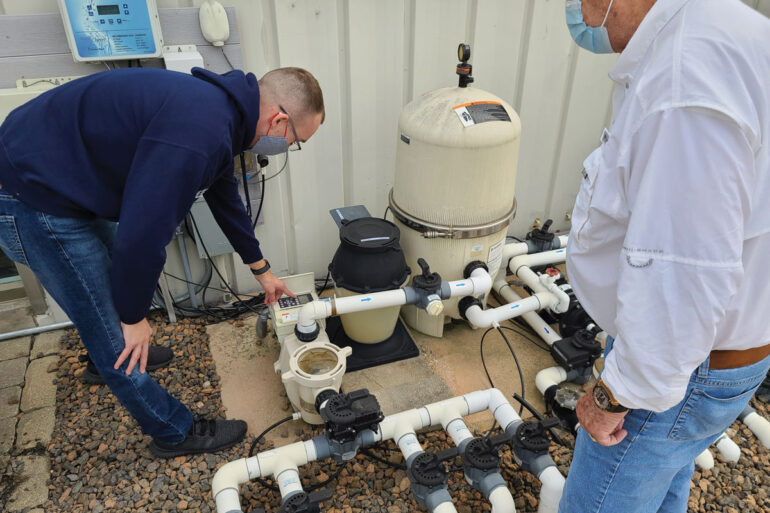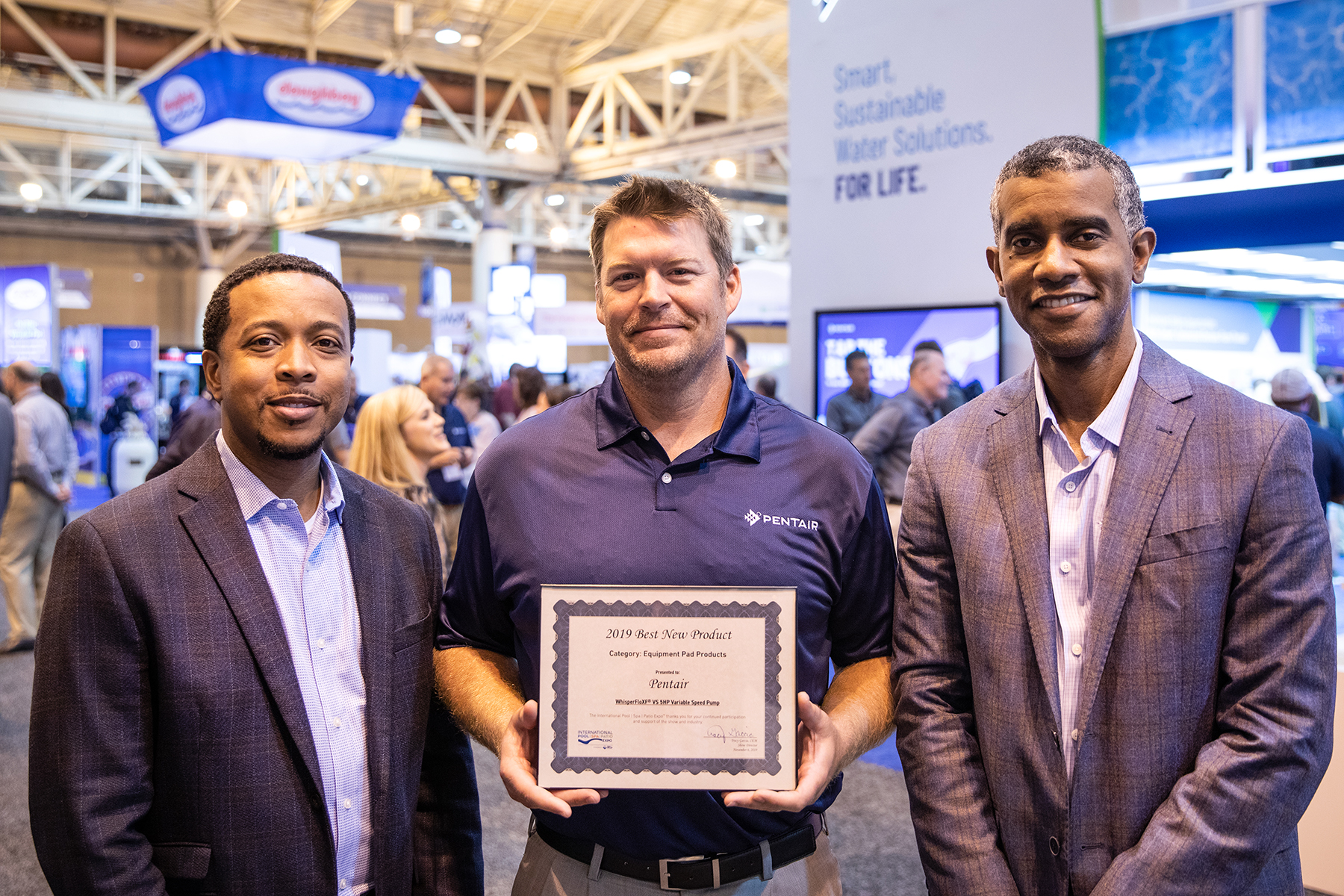Layers of Safety
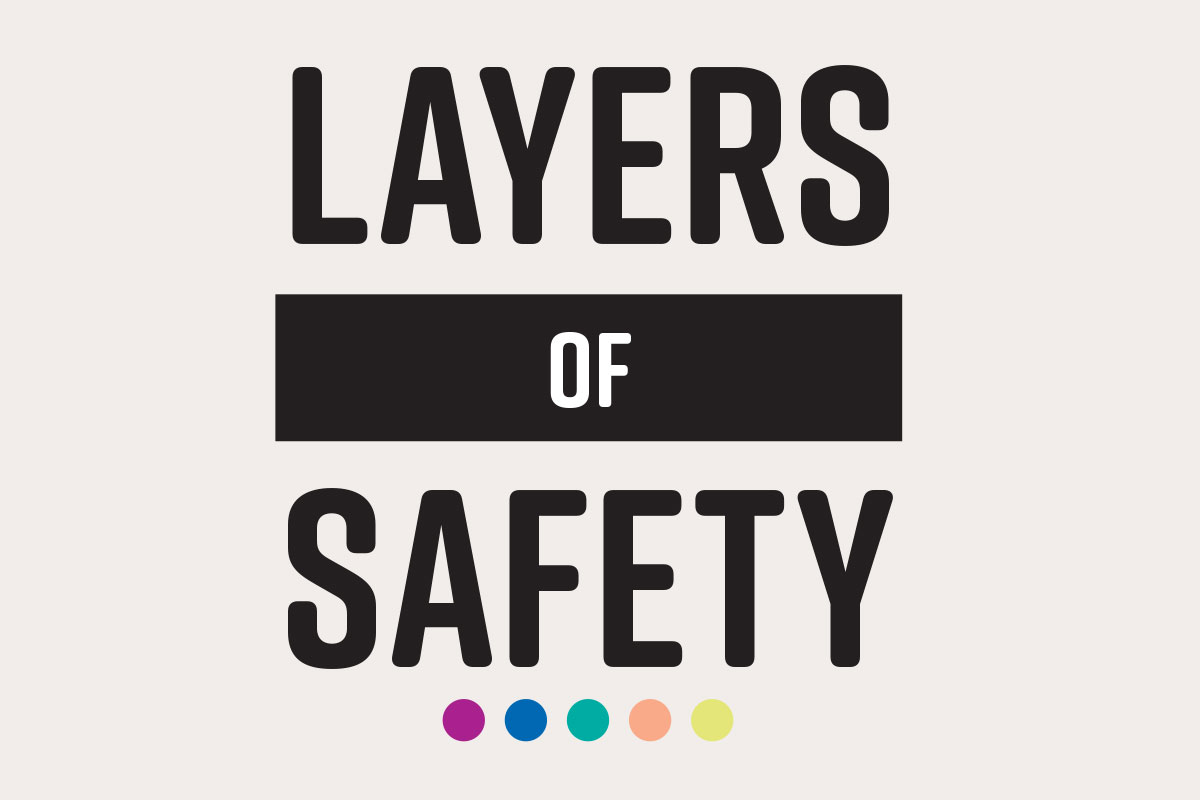
It’s not an uncommon concern, but pool safety doesn’t often become a priority for homeowners until they’re brought face-to-face with tragedy or the scare of a lifetime. Mike Tellegen, owner of The Pool & Spa Medic in Molalla, Oregon, recalls the time he received a call from a mother who, after finding a door ajar and her daughter in the shallow end of their pool, called Tellegen to discuss safety fencing.
“Nothing happened,” he says, “but the mother was frazzled.”
For pool professionals to truly aid prospective clients, they should know what safety products are out there, what’s required and how to offer the best protection against accidents.
Pool pros should start by looking into local safety regulations, says Reggie Baudoin, co-owner and licensed pool contractor for Bask Pools + Outdoors in Lafayette, Louisiana. “And always comply with national ANSI and PHTA standards,” Baudoin says. “The best practice is to always put safety and integrity first. It is our job as the swimming pool experts to educate the homeowners on safety standards, the importance of these requirements and a proper plan of action.”
Once pool pros are familiar with local codes and national standards, education on safety products is the next step. “Not only has the swimming pool industry grown, but the products are becoming more complex, requiring a lot of knowledge to be able to install, troubleshoot and repair them,” says Ken Gregory, compliance and safety manager at Pentair. “The advantages of a well-trained and informed workforce are safer, happier pool owners and that’s priceless.”
POOL EQUIPMENT
From the ground up, the pool build and equipment installed are the first layer of protection, as laid out in the International Pool and Spa Code — a national standard every pool company employee should know. Pool equipment manufacturers have many versatile products that comply with the standard, the most common being pool pumps with a built-in safety vacuum release system and drain covers/suction outlets.
Hayward Industries, Inc.
Hayward.com
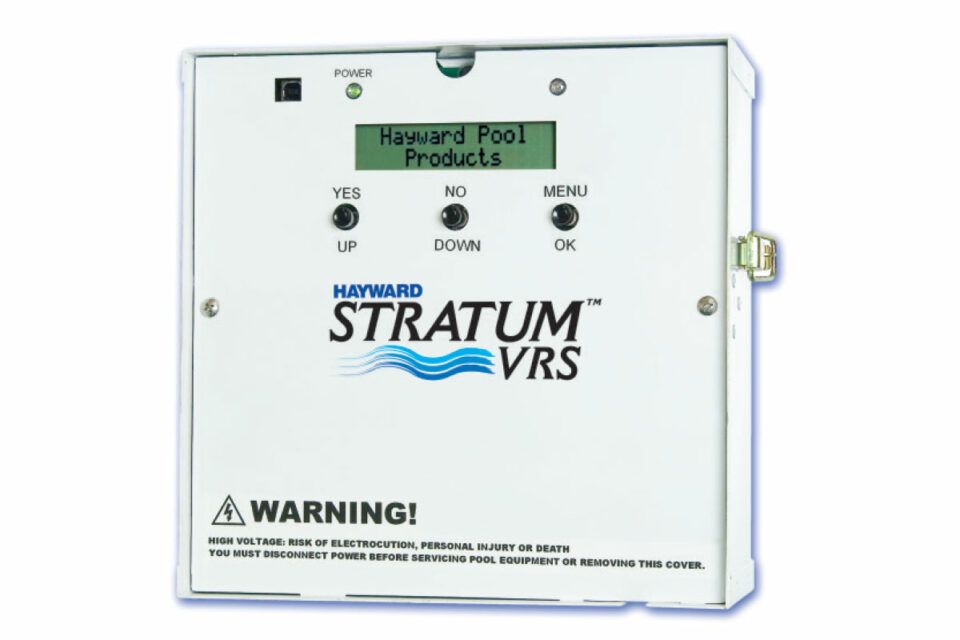
Stratum Vacuum Release System
This pump system monitors the change in suction pressure, will shut down the pump and vents to the atmosphere to help prevent entrapment.
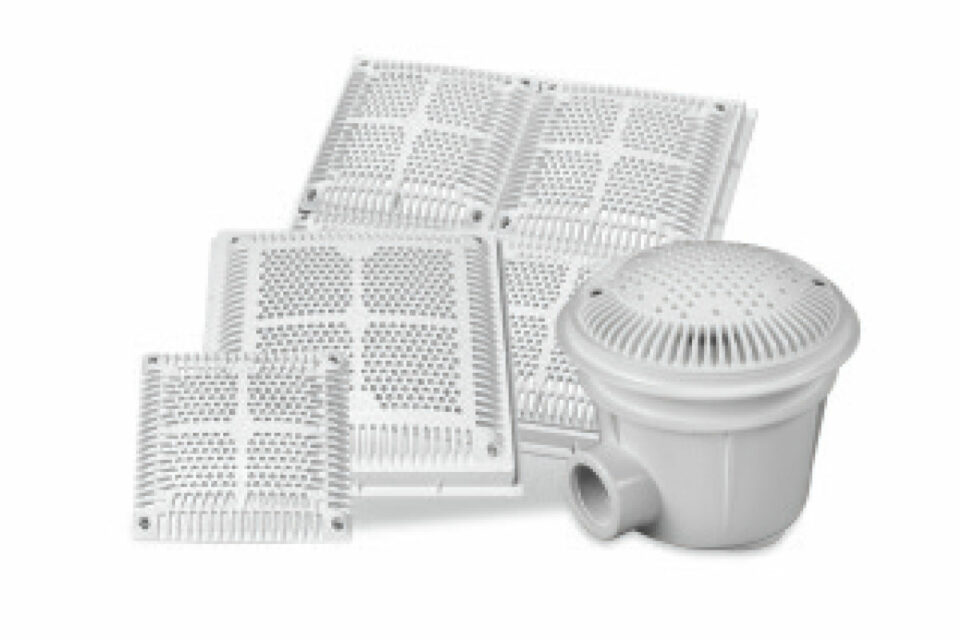
Suction Outlets
Hayward offers a range of square and round Virginia Graeme Baker Act compliant suction outlets and covers designed to reduce the risk of entrapment when properly installed.
Pentair
Pentair.com
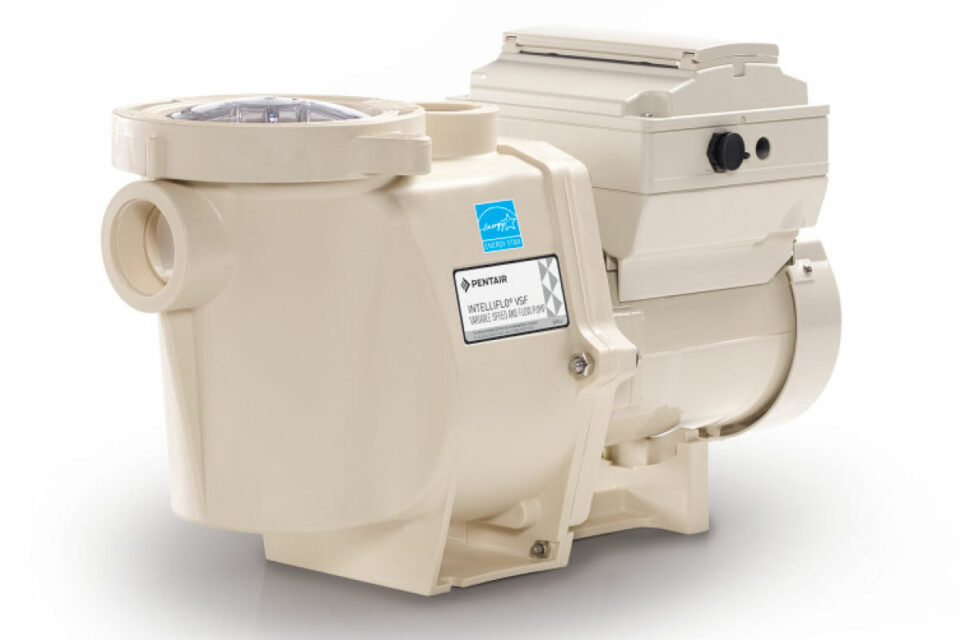
IntelliFlo VS+SVRS Pump
The IntelliFlo pump monitors the flow at the suction outlet and automatically shuts down the pump if it detects change in the flow. “Many older pools have only one suction outlet, the main drain,” Gregory says. “For these pools to be compliant with the ICC/PHTA/ANSI 7 Entrapment Standard, they can use our pump with the built-in SVRS.”
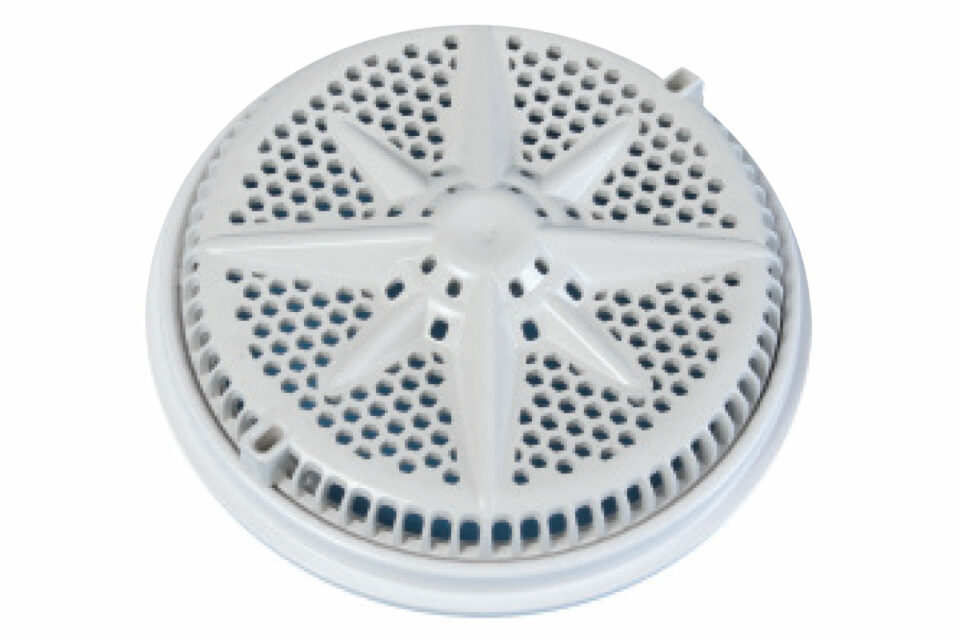
Star Guard Drain Cover
Gregory says this drain cover has been tested to the highest requirements under ICC/PHTA/ANSI 16 Standard for suction fittings used in pools and spas. “By using an approved suction outlet cover and making sure that the maximum flow does not exceed the approved max for the cover, the pool industry has reduced these type of accidents to nearly zero in the last 10 years,” he adds.
Jandy
Jandy.com
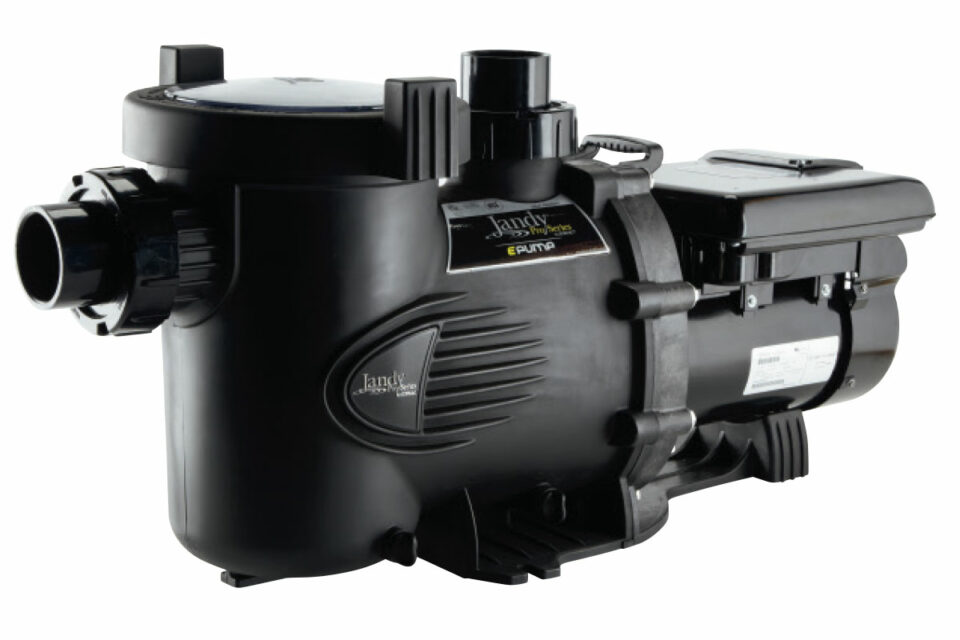
ePump + SRVSt
MSRP: $2,486.66
The ePump’s ultra-high efficiency motor has eight variable speeds and enables cooler, quieter operation and extended motor life. It utilizes an ANSI/ASME A112.19.17 certified SVRS that aids in the prevention of full body entrapment hazards in compliance with VGBA.
Vac-Alert
Vac-alert.com
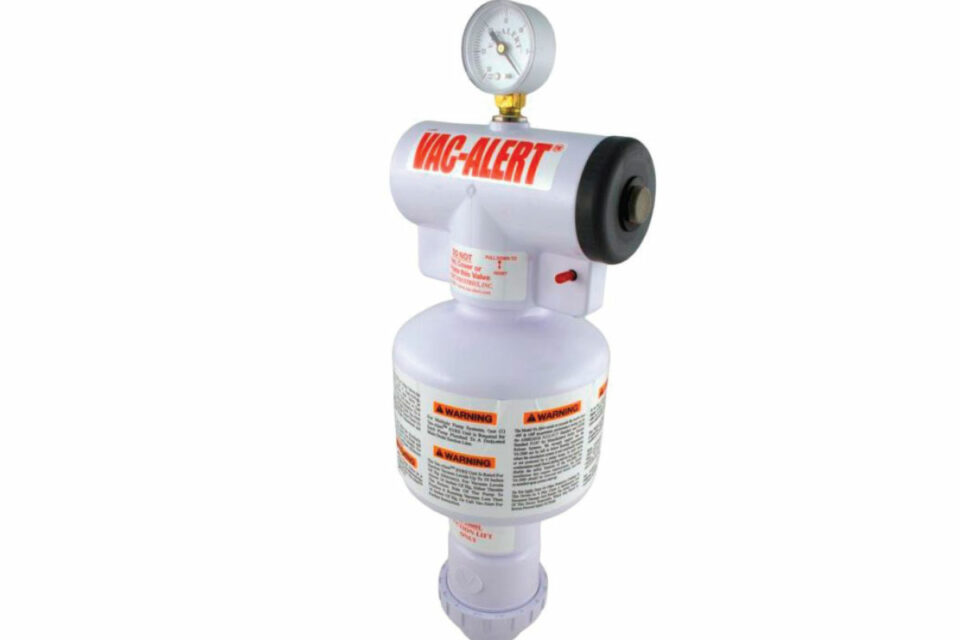
VA-2000S and VA2000L
MSRP: VA-2000S – $449-549 / VA-2000L – $529-589
The Vac-Alert Model VA-2000S is designed for submerged suction applications, where the circulating pump suction is below the level of the pool water surface. Model VA-2000L is for suction lift applications, where the circulating pump suction is either at or above the level of the pool water surface.
But pool equipment is only the first line of defense. “It’s important to understand that an SVRS device will not [always] protect against hair entrapment because hair stuck in a drain or tangled in a drain cover may not restrict flow,” Gregory says, “so the SVRS device may not automatically shut off the pump.”
Other safety products can help fill the gaps of uncertainty.
POOL COVERS
“A solid pool cover that is maintained properly is the safest singular [pool safety product] choice in my book,” says Lorenzo Villa Jr., pool and spa technician for JB’s Pool & Pond Service in Upland, California.
There are three main options when it come to pool covers: Pool nets, mesh manual covers and automatic covers. Pool nets, while manually removed and replaced between swims, provide protection from open water. Mesh covers are typically used during the off season, when the pool is closed. Automatic pool covers remove the manual element when covering the pool between each use.
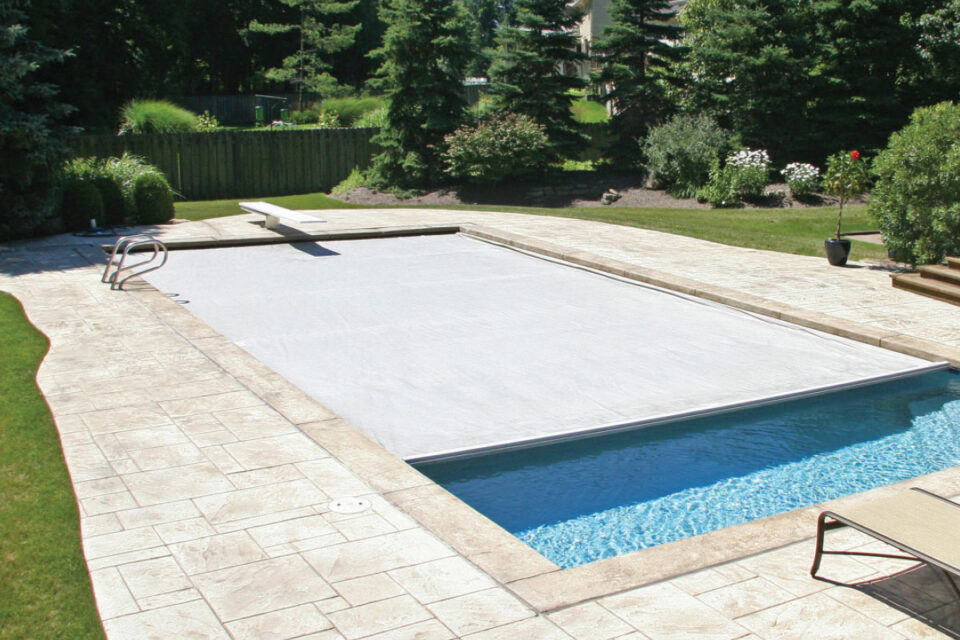
Automatic Pool Covers
Apc-mfg.com
“While seasonal safety covers are a good option for six months out of the year when pools are not being used, during the summer months they do not provide safety,” says Michael Shebek, owner and president of Automatic Pool Covers. His concern is that pool pros offering APC report most homeowners won’t take the time to re-cover a pool with a mesh cover between uses. “An automatic pool cover provides safety due to the convenience of being able to open and close it at the push of a button in 45 seconds… and always having the cover closed when the pool is not in use.”
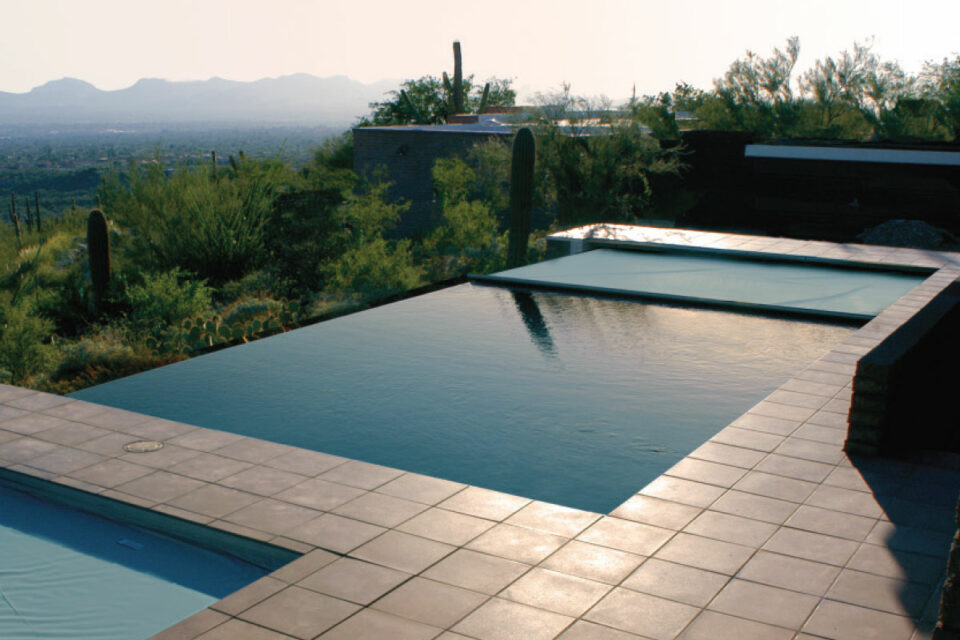
Cover-Pools
Coverpools.com
MSRP: $9,000 to $13,000
LaMont Drechsel, vice president and general manager of Cover-Pools, Inc., a Zodiac Pool Systems company, says that with an automatic cover “you get peace of mind with the simple turn of a key. It acts as a horizontal fence for your pool, preventing access by children, pets and uninvited visitors. And, while there’s no substitute for proper supervision, your pool can be protected even when you’re not around. It’s a safety barrier that no pool should be without.”
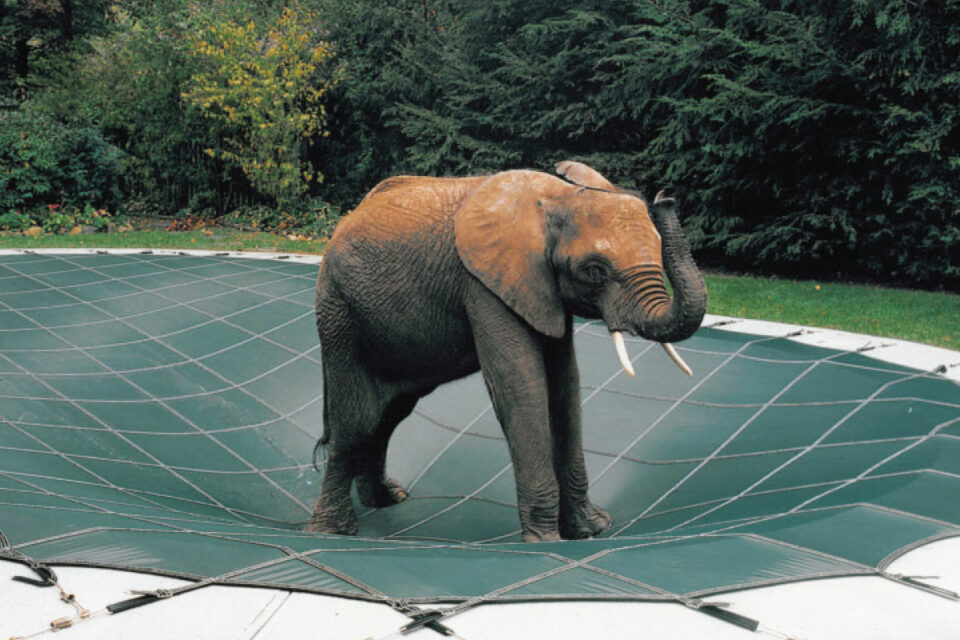
Loop-Loc
Looploc.com
President and CEO LeeAnn Donaton says Loop-Loc covers are typically used when the pool is closed. “Our covers are built super-strong, using the highest quality materials and workmanship,” she says. “Securely anchored into the [pool surround], a Loop-Loc safety cover puts an unbreakable ‘lock’ on pools. Our exclusive, computer-aided design ensures a perfect, custom fit for any shape or size of pool. The covers exceed ASTM standards, and year after year, receive the UL seal of approval for safety swimming pool covers.”
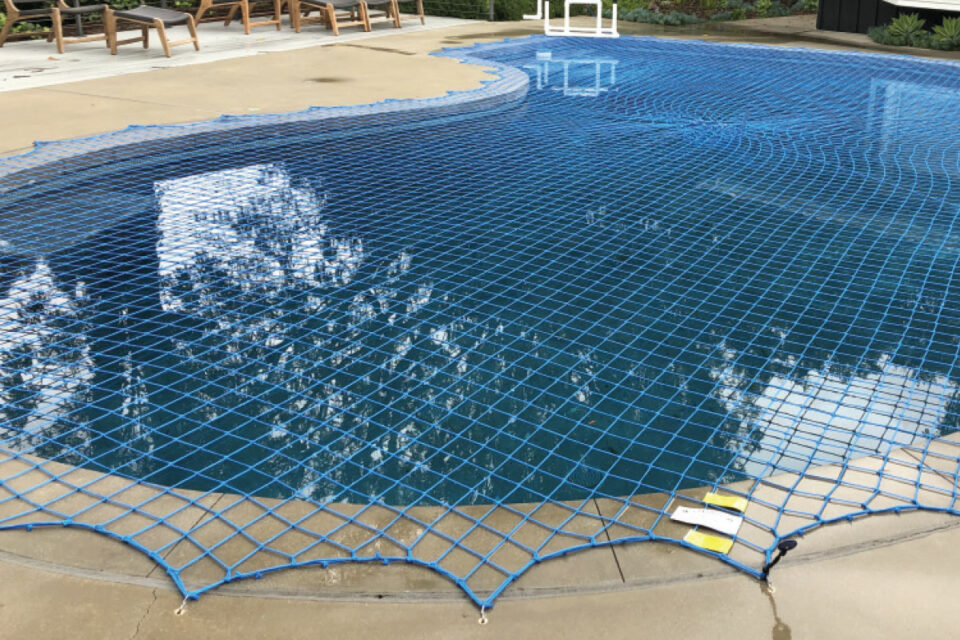
Katchakid Pool Net
Katchakid.com
MSRP: $1,500 to $2,500
The Katchakid swimming pool safety net is specifically designed as a barrier to help protect children from exposed, open water. Like an oversized tennis racket, the winter-safe UV stabilized pool net is stretched over the pool and anchored to deck-flush mounted fasteners. Versatile and adaptable, the Katchakid net can accommodate most water features and is installed to meet ASTM safety codes.
POOL FENCES
Tellegen believes that all enclosed pool areas with a gate should have working self-latching and closing mechanisms. “I always comment and repeat: ‘Save a life. Close the pool gate,’ ” he says.
Tellegen recommends Baby Loc by Loop-Loc to customers, but says he doesn’t get calls for pool fence installations often, unfortunately. “I think [Baby Loc] provides absolute peace-of-mind for a reasonable cost, where a more permanent style may be too expensive for most households,” he says. “But there is no such thing as ‘too expensive’ when it comes to the safety of a child.”
For homeowners with a larger budget, Russell Stroman, owner of RDS Construction in Dallas, Texas, recommends a glass fence. His brand of choice is Aquaview Fencing. “My clients are always looking for a modern and durable product that raises their property value,” he says.
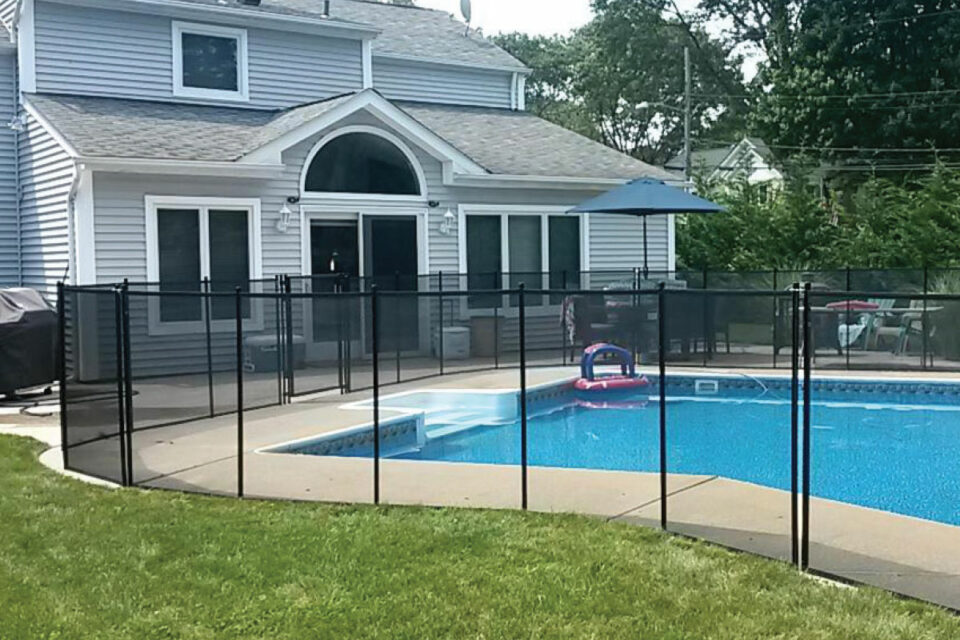
Baby-Loc
Looploc.com
“When it comes to keeping kids safe, there’s no substitute for adult supervision, but no parent can be everywhere, every minute,” Donaton says. “Baby-Loc is a convenient, cost-effective way to help deter toddlers from gaining access to a swimming pool, raised deck or dock. It’s built strong, built to last and can be put up or taken down in minutes.”
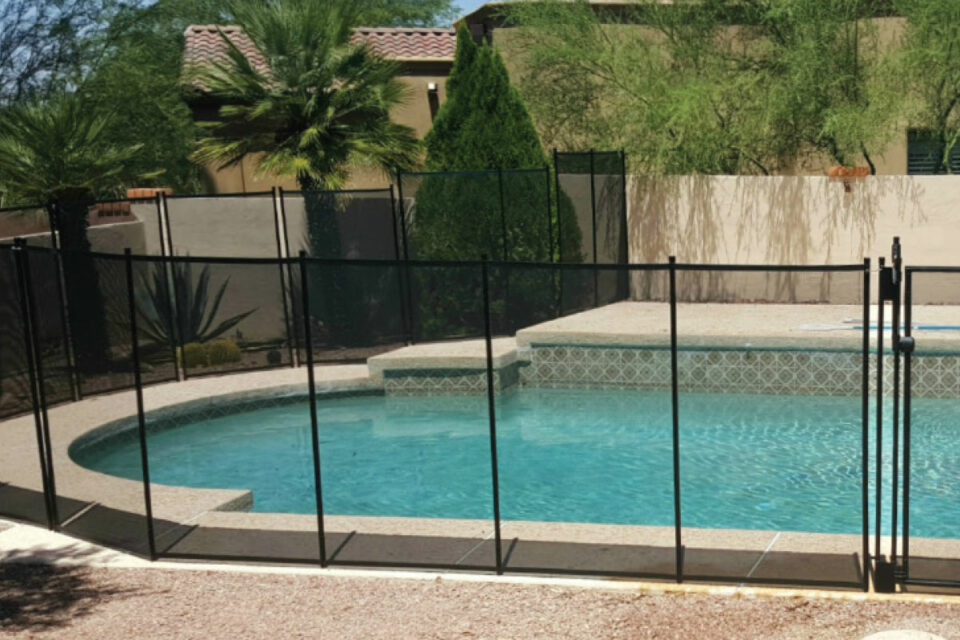
Katchakid Pool Fence
Katchakid.com
MSRP: $1,100 to $1,900
Katchakid’s transparent removable mesh pool fence is made of Textilene mesh panels that are resistant to mildew, abrasion and sunlight so they will not rip, shrink or fade and kids can’t poke through or climb them. “Our technicians are trained to install the 15-foot sections of panels in a configuration that works for homeowners — either free standing or incorporating existing structures such as exterior walls,” says Clare Esson, sales director for Katchakid. Self-latching, self-closing, key-lockable gates are also available.
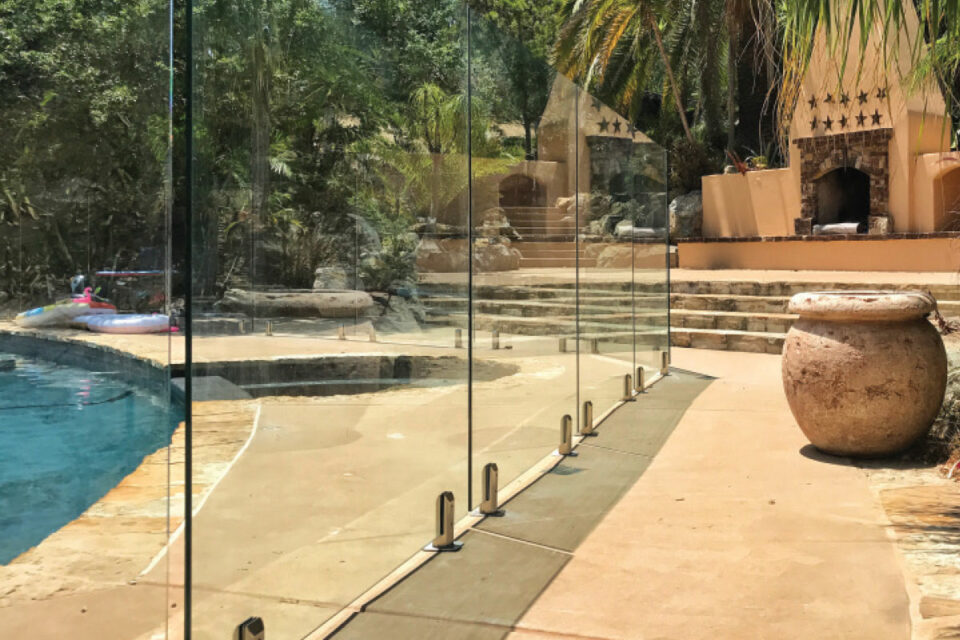
Aquaview Fencing
Aquaviewfencing.com
While Aquaview sells to both homeowners and pool builders directly, builders can become licensed installers and dealers. Aquaview uses half-inch tempered safety glass, which is six times stronger than regular glass, to help protect against shattering. The fences are climb resistant, with panels up to 5 feet tall, and have self-closing and self-latching gates that come with key locks.
“Glass pool fences offer an open concept aesthetic,” says Jordan Goodman, founder and CEO of Aquaview. “They enhance your pool and landscape design while providing a safe and sleek modern touch. The clear views allow homeowners the ability to monitor children and pets in and around the pool.”
POOL AND DOOR ALARMS
Pool alarms add another layer of protection, but they should not be the only one. “Many variables can alter the performance and accuracy of these systems,” Baudoin says. “While pool alarms are beneficial while in range of the receiver, charged and properly positioned in the pool and not tampered with, these are some factors that can also cause them to fail.”
In addition, many codes require doors and windows that lead to a pool to have alarms. Customers who have whole-home security systems should already have this capability, but there are several after-market products available as well. These can also be added to gates.
Pool alarm products range from wearable monitoring systems and surface alarms to artificial intelligence-based units installed in the pool.
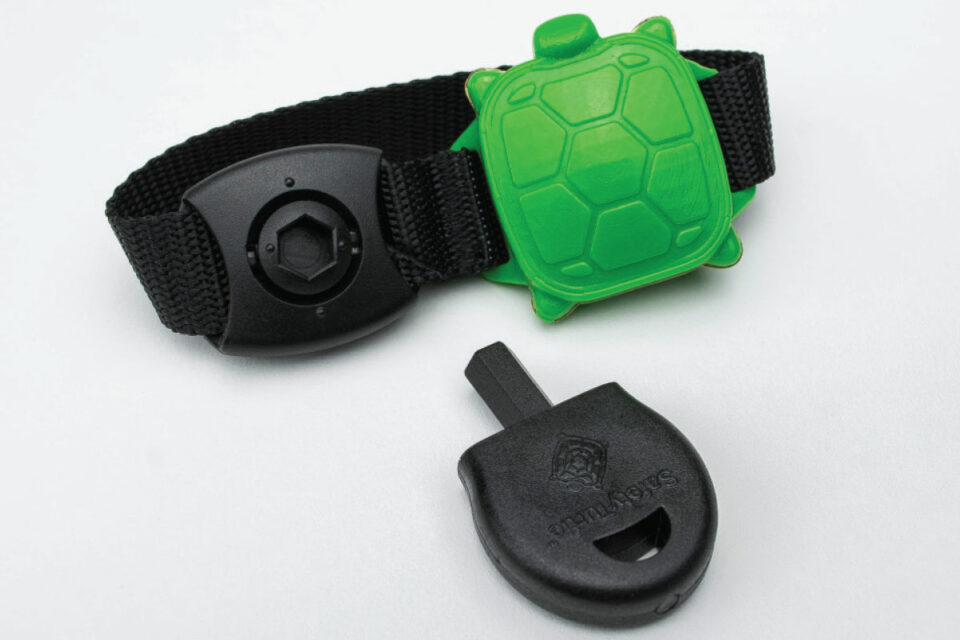
Safety Turtle
RJE Technologies
Safetyturtle.com
MSRP: $172.99
“Safety Turtle operates on a simple premise of watching the child and not the water,” says Corinne Zemla, vice president of RJE Technologies in Irvine, California. With Safety Turtle, a child wears a locking wristband and a small base sits in a window overlooking the pool. If the Turtle is submerged, it emits a radio signal that triggers the alarm at the base.
The whole unit is transportable (for travel) and homeowners can have multiple Turtles with one base. While online sales are limited, pool pros can buy directly from the company with a MAP policy agreement. A minimum order of 10 kits qualifies for wholesale pricing.
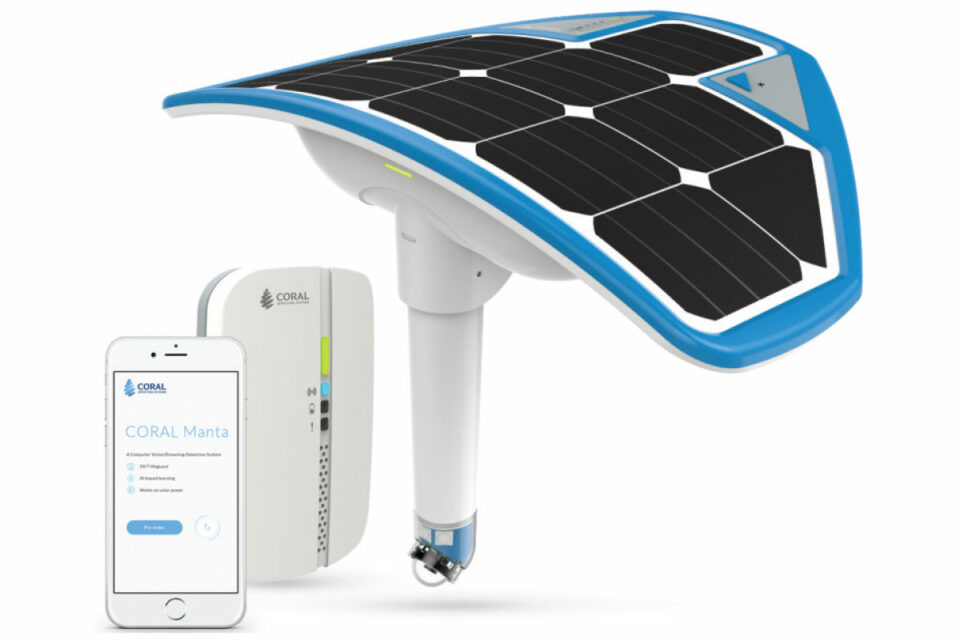
Coral Manta 3000
Coral Detection Systems
Coraldrowningdetection.com
MSRP: $1,999
The Coral Manta 3000 is mounted in the corner of the pool with a tube that goes into the water. There is a camera at the end of the tube that constantly monitors the water, feeding data to the artificial intelligence computer. Based upon the homeowner’s responses to alerts, the AI continually learns what detections are people versus items in order to send increasingly accurate alerts.
“It keeps on tracking everybody in the pool and the moment it sees that someone stopped moving, with their head under the water for 15 seconds, it will set off a long and loud alarm,” says Eyal Golan, founder and CEO of Coral Detection Systems. All alerts also go to the user’s phone with a photo attached, so the homeowner can see what the unit sees and determine if it is, in fact, an emergency.
THE EXTRAS
Villa, Baudoin and Tellegen agree it’s the responsibility of the pool professional to inform homeowners of the importance of these safety products, be sure their pool complies with local and national safety regulations and encourage as many safety precautions as possible.
“For maximum safety, which still does not bring your risk level all the way down to zero, I suggest multiple layers of safety devices,” Villa says. “As many as the customer can afford. While pool pros cannot legally require a homeowner to purchase some safety items, they should never downplay the importance of safety, nor accept any work where a customer insists on a build that is below legally required safety standards. Especially if it is in the interest of saving money.”
The same goes for service professionals: If a homeowner refuses to replace or install safety equipment required by code or that you feel is necessary to ensure safety, walk away.
In addition to safety product recommendations, the staff at Bask Pools educates customers on the importance of supervision and takes it one step further by providing eight free swim lessons to the homeowner’s family upon completion of a pool build. These private lessons are with experienced swim instructors in an indoor pool facility so that the lessons can take place no matter the weather situation.
“Having a pool in your backyard can provide a lifetime of memories,” Baudoin says, “but we want to make sure that we are part of keeping everyone safe as well.”

